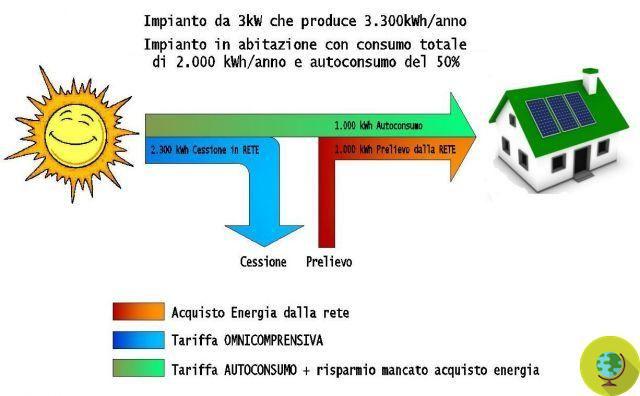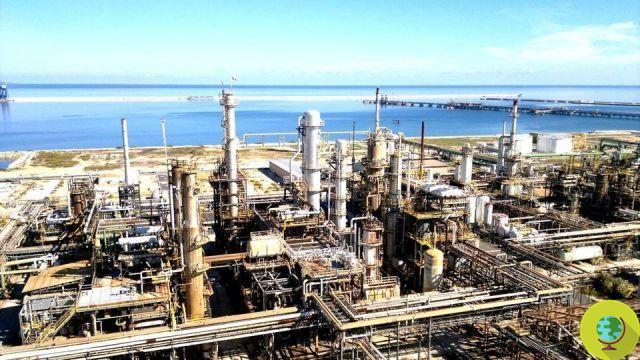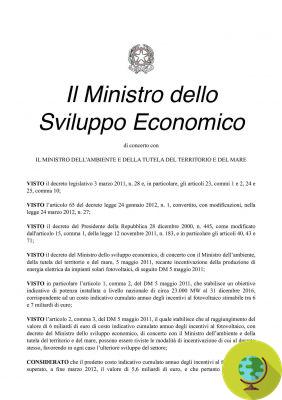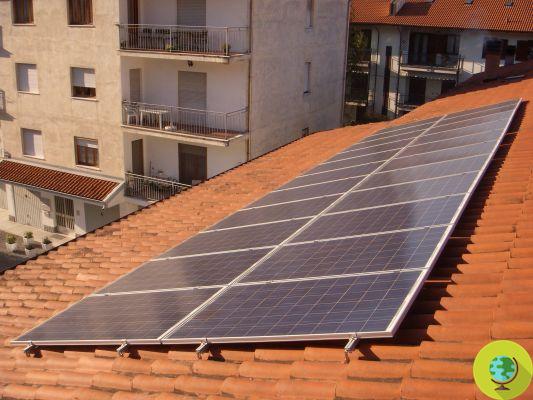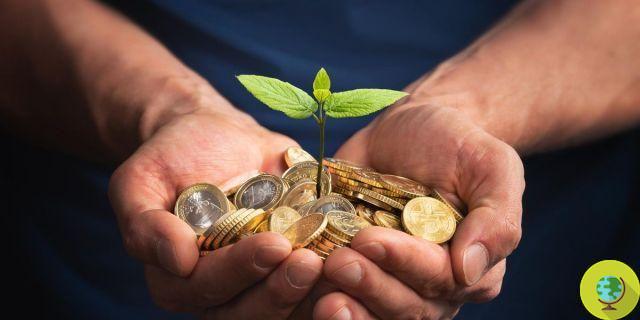
There is a very difficult commonplace to fight, which was also repeated at the recent Copenhagen summit, that a decisive shift towards the green economy, with important cuts in carbon dioxide emissions, would be very heavy for the pockets of the consumers. Between expenses and bills, the choice of a low-emission production style would determine, according to what is repeatedly repeated, a significant increase in the cost of living.
He is about to end up run over, his mother saves him
There's a cliché very difficult to fight, which was also repeated on the occasion of the recent Copenhagen Summit, for which a decisive turn towards the green economy, with important cuts to carbon dioxide emissions, would be very heavy for consumers' pockets. Between expenses and bills, the choice of a low-emission production style would determine, according to what is repeatedly repeated, a significant increase in the cost of living.
Yet, a few days before the summit opened its doors, sul scientific publication weekly New Scientist had appeared a article (Low-carbon future: We can afford to go green, by Jim Giles) who disproved these perspectives, citing the results obtained from a study of Cambridge Econometrics. The underlying thesis of the article is that an economy based on cutting emissions would bring decidedly contained increases to the cost of living. Let's see specifically what it is.
La Cambridge Econometrics, a consulting company that studies data and market trends in order to create economic models and find business solutions, he tried to find out how much a green economic turnaround would weigh on British consumers. The study, which is based onanalysis of the cost variations of 40 between relevant goods and services and that projects thetrend of their prices to 2050, is entirely focused on UK and on the objectives formulated by the British government in the matter of abatement of emissions. However, with some distinctions, the analysis could be significant for all the developed economies of Western countries.
If by 2050 thetarget to cut CO2 emissions by 80% from 1990 levels, Cambridge Econometrics estimate, at worst, a price increase of less than 2%. A similar study conducted for the United States and published a few months ago in the scientific journal Energy economics had shown results not too far from the British ones: if by 2050 emissions were cut by 50%, it is calculated that theprice increase for American consumers would stand below 5%.
In the scenario assumed by Cambridge Econometrics, the increase in prices depends above all onincrease in costs related to energy supply, due to the fact of choose more sustainable energy sources. However, if this increase will significantly affect the electricity bills, with an estimated increase of around 15%, it will be almost completely irrelevant to other consumer goods, such as for example food, drink and appliances. For these products, in fact, the influence of the cost of energy on the final price is around 2%.
As a result of the effort to reduce emissions, “traditional” energy sources will see a sharp increase in costs: it is estimated that the natural gas will have a 160% surge and the Oil prices will increase by 32%. This latest increase will pay off air transport is much more expensive, with a price increase of 140%, due to theabsence of eco-sustainable alternatives to fossil fuels. Thus, a London-New York trip, which today costs around 350 pounds (just under 390 euros) will cost 840 pounds (equal to 933 euros). On the site of New Scientist find both some of the data emerged from the study and the full report.
To make the transition to a low-carbon economy less burdensome for citizens, governments should take some specific measures: Cambridge Econometrics estimates that an appropriate management of the situation (for example, through a incentive policy for companies and individuals who choose alternative sources or for those who buy electric cars and so on), it could reduce the impact of the green turn by a few percentage points on consumers' pockets.
Of course, 2050 is still far away and there are many factors that, in the next forty years, could have a decisive influence on the trend in prices and the cost of living (for example, it must be borne in mind that the scenario envisaged by Cambridge Econometrics does not take into account the current economic crisis and its possible long-term effects). Therefore, we cannot know to what extent such projections might be realistic. However, it is quite evident that letting oneself be convinced by clichés and persevering in old behaviors regarding production styles and energy choices is not a solution.







